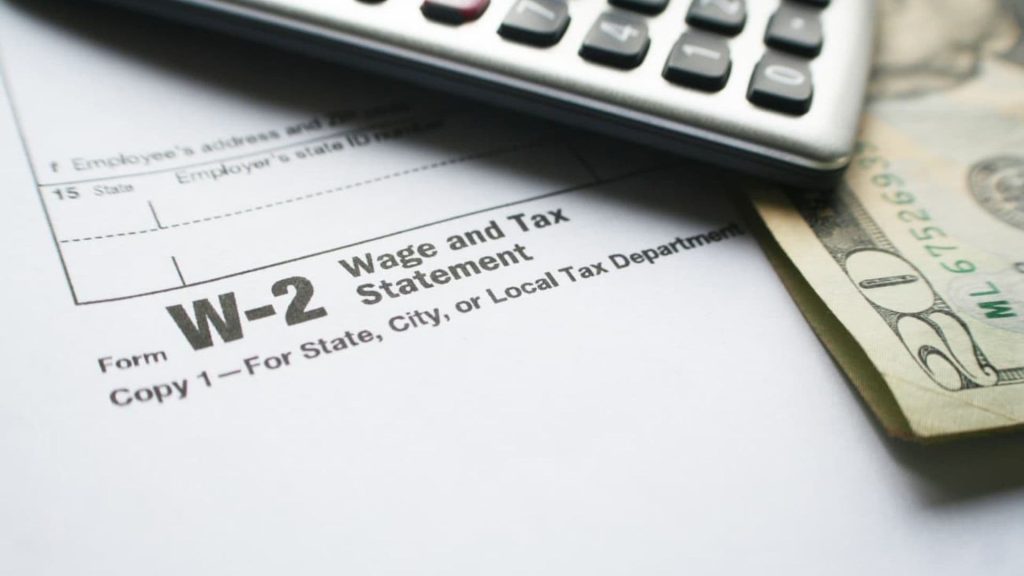
Switching Human Capital Management (HCM) systems in the middle of the year might sound complicated, especially when it comes to processing those all-important W-2 forms. The question “Who should process the W2 if a company is switching HCM systems mid year?” is a crucial one for HR, payroll departments, and company leadership to address early in the transition process. Because W-2 forms reflect wages earned and taxes withheld for the entire calendar year, the responsibility for accurate, comprehensive W-2 processing must accommodate contributions from both the old and new payroll or HCM providers. Typically, the company will collaborate with both vendors to ensure all year-to-date payroll data is consolidated. The final W-2 forms that employees receive at the end of the year might be issued either by the new provider, who integrates historical data from the previous system, or by the old provider and new one separately—resulting in employees possibly receiving two W-2s for the same tax year. This process demands detailed coordination and clear communication among the company, the legacy payroll processor, and the new HCM system to prevent errors, duplicate tax filings, or IRS surprises.
Why Mid-Year HCM System Switches Happen and Their Impact on W-2 Processing
Companies often opt to switch HCM or payroll vendors mid-year for reasons like dissatisfaction with current service quality, better technology adoption, improved integration with other HR tools, or changing compliance needs. Such transitions impact W-2 processing because payroll details must accurately capture wages, deductions, benefits, and tax withholdings across two different systems. The key challenge is ensuring year-to-date accuracy in tax reporting, employee record keeping, and final tax documents, which directly affect employee tax filings and company IRS compliance.

How to Manage W-2 Processing During the Switch
- Confirm Responsibilities with Vendors
Determine whether the old payroll/HCM provider will issue W-2s for earnings prior to the switch and whether the new system will handle the remainder or consolidate all wages into a single W-2. - Data Migration and Reconciliation
Ensure seamless migration of payroll history and tax data from the old system to the new one, with multiple reconciliations before year-end to guarantee accuracy. - Communication with Employees
Inform employees that they might receive multiple W-2s or a consolidated form, and provide guidance on tax filing to reduce confusion. - Coordinate Tax Filings
Align tax filings and payments with both providers to avoid underreporting or duplicate payments of withheld taxes. - Document Agreements
Have clear agreements with payroll providers in writing to specify W-2 generation and tax filing responsibilities to prevent misunderstandings.
What Happens When Using a PEO or Third-Party Provider?
When a company moves to a Professional Employer Organization (PEO) or a third-party payroll provider mid-year, the employees technically work for the PEO for tax purposes during that period. Thus, the PEO often issues W-2s for wages paid while under their payroll system, while the original employer issues W-2s for the earlier period, resulting in potentially two different W-2 forms for employees.
Best Practices for a Smooth W-2 Process During Mid-Year Switches
- Start planning the switch well before the end of the year to allow ample time for data transfer and processing.
- Employ an experienced payroll consultant or partner to oversee compliance.
- Use cloud-based HCM systems that facilitate easier data migration.
- Schedule joint meetings between old and new vendors to ensure data accuracy.
- Clarify reporting responsibilities early for tax filings and reconciliation.

Conclusion
Handling W-2 processing during a mid-year HCM system switch requires close collaboration, detailed planning, and clear communication among all involved parties to ensure compliance, avoid employee confusion, and keep tax filings accurate. By understanding who is responsible for W-2 issuance and coordinating the data transfer effectively, companies can make mid-year transitions far less daunting.
FAQs
Q: Will employees receive one or two W-2 forms if the company switches payroll mid-year?
A: Often, employees receive two W-2s—one from each payroll provider covering their respective employment period.
Q: Who is responsible for filing payroll taxes after switching HCM systems mid-year?
A: Both the previous and new payroll providers share responsibility for their payroll periods, but the company must coordinate to ensure full tax compliance.
Q: How can companies avoid W-2 errors during an HCM switch?
A: By ensuring accurate data migration, thorough reconciliation, and clear communication between old and new providers before year-end.